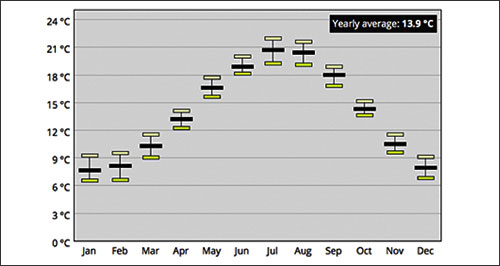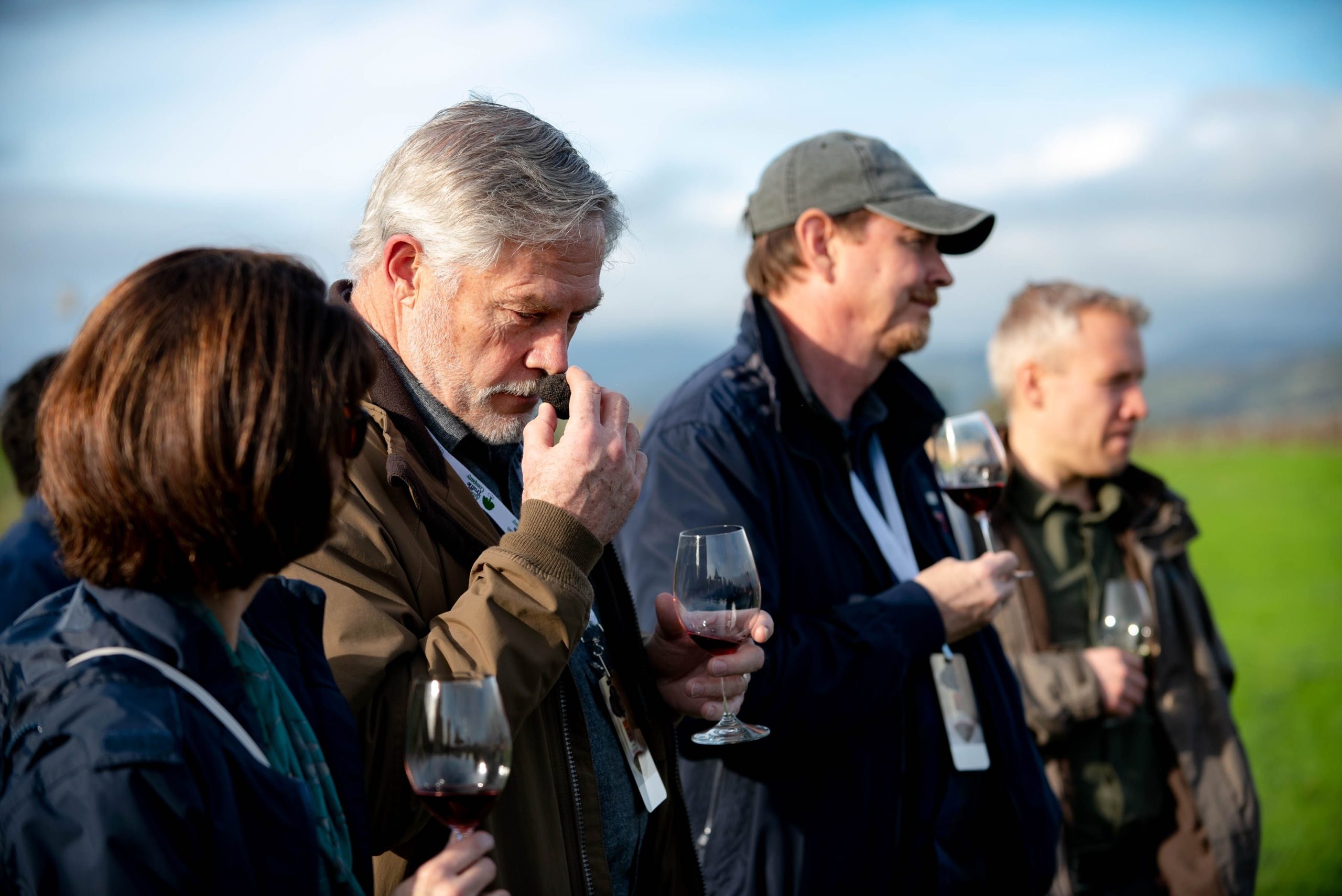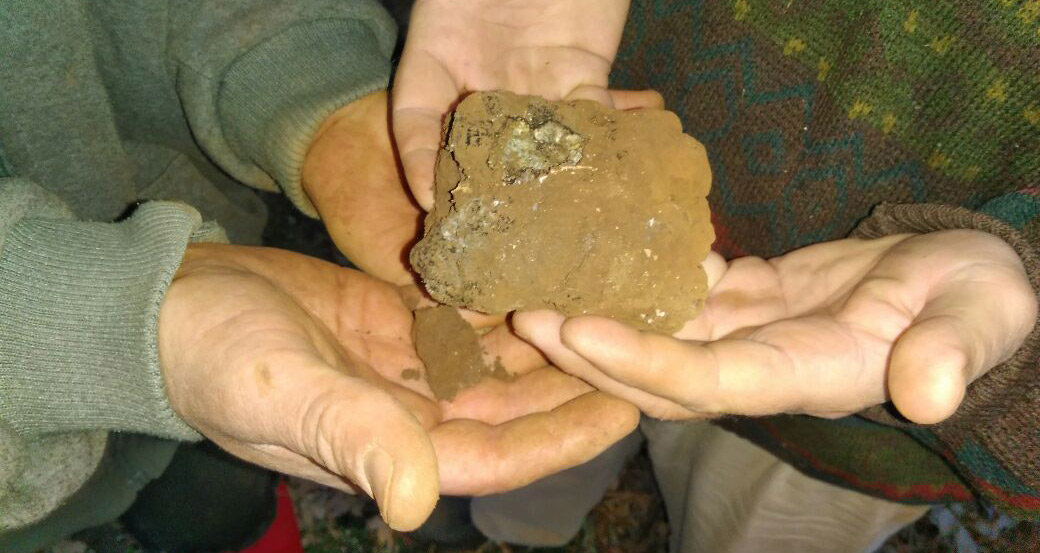
Climactic conditions at the study site provided by Met Office UK. |
In October, American Truffle Company‘s Dr. Paul Thomas and Robert Chang attended the 8th International Workshop on Edible Mycorrhizal Mushrooms (IWEMM) in Cahors, France, where Dr. Thomas presented a paper on his recent studies of the survival of the black summer/Burgundy truffle (Tuber aestivum syn. unicanitum) in a flooded environment. In varied literature, it is often claimed that truffle mycorrhiza can ‘survive for two weeks submerged, but no longer.’ However, data has never been presented to underpin this claim. Additionally, a recent case study in the UK (Yorkshire) presented trees that had been submerged by floodwater to a depth of 90-120cm water for 11 days with no deleterious impact on the mycorrhization levels. The full impact of flooding on mycorrhiza levels are as yet unknown.
In order to investigate these questions, Quercus robur and Corylus avellana, inoculated with Tuber aestivum syn. uncinatum were subjected to flooding treatments that ranged in duration from 0 to 65 days. The survival and recovery of mycorrhiza in response to these different treatments, up to 148 days post-treatment, were presented with the above graphic that charted the climactic conditions at the study site.



